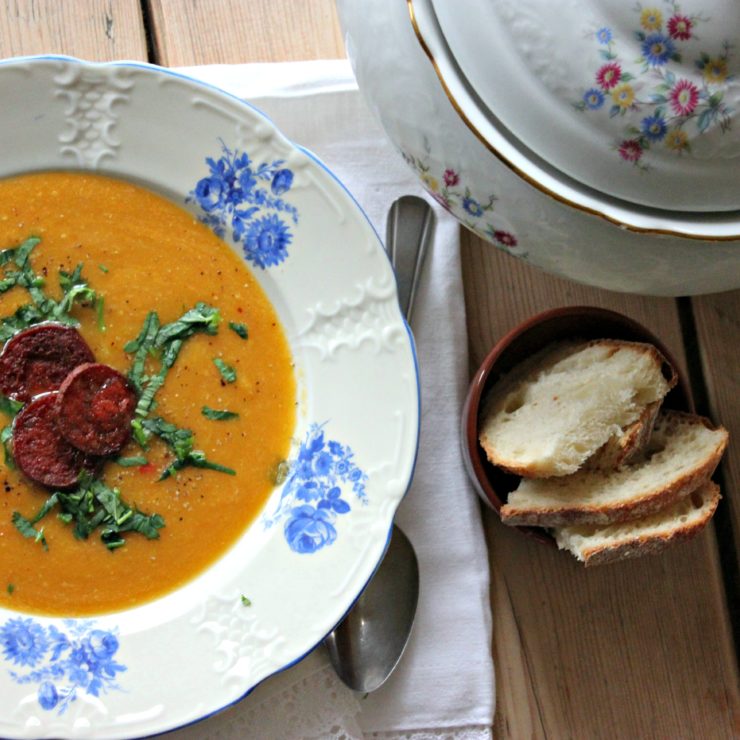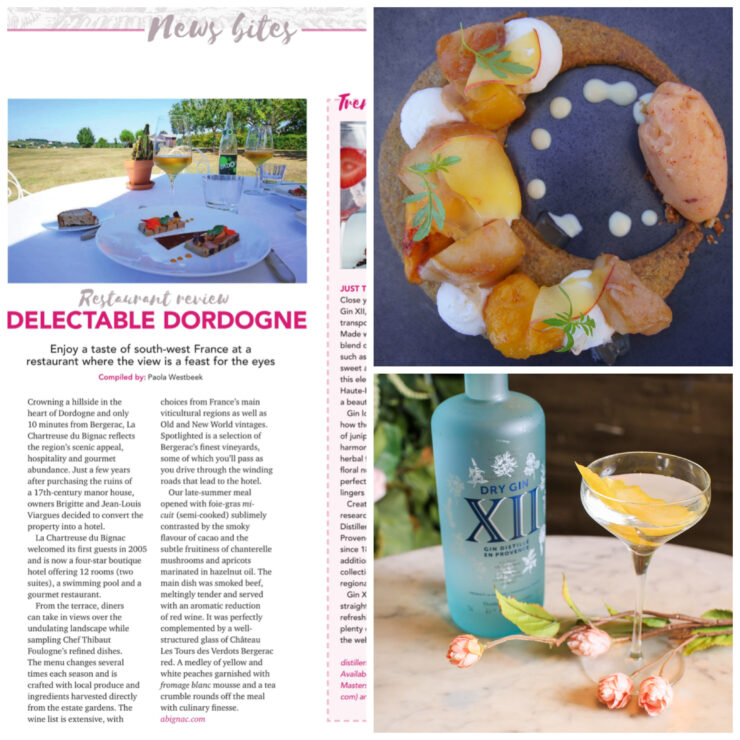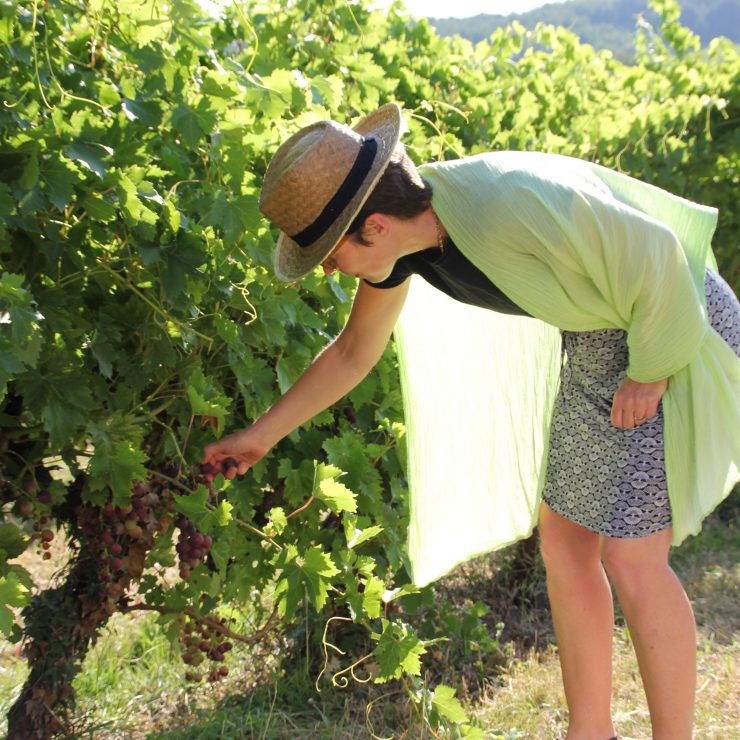Wine and cheese, two of France’s top export products, which when paired together, can provide an incredible amount of gustatory pleasure.
TOUR DES VINS ET FROMAGES DE FRANCE
When I received an invitation from Business France for a Tour des vins et fromages de France hosted at the Résidence de France in The Hague, it took me about half a second to say yes. I’ve made no secret of the fact that wine and cheese are an integral part of my life. A meal without a glass of wine is unthinkable, and when it comes to cheese, well, I can honestly say I have yet to meet a French cheese I didn’t like. From earthy to fruity, and from unctuous to firm. I love them all; and like the French, I adore a piece of good cheese between my main and dessert. Much like with wine, without cheese a meal just feels incomplete. Did you know that the average French person feasts on roughly 27.2 kilos of cheese a year? And as fellow cheese lover Brillat-Savarin (who even had a cheese named after him) proclaimed: “Un repas sans fromage est une belle à laquelle il manque un oeil” (A meal without cheese is like a beauty without an eye).
It isn’t any wonder then, that in my culinary columns for En Route, cheese is one of the food items I’ve covered most. I don’t think I’ll ever run out of inspiration because France certainly has me spoiled for choice. The country produces approximately 1200 cheeses which can be divided into seven categories (goat’s cheese, hard and semi-hard, white mold, blue, red rind and fresh). Forty-five are certified AOP (Appellation d’Origine Protégée).
And what would cheese be without wine? Take note, however — not Port. Port is very difficult to pair with cheese. The same applies to Sherry. Its syrupy, cloying sweetness will totally overpower cheese. A shame. White wine, on the other hand, provides more options. Although reds and sweet wines can also pair exceptionally well.
France has enough to choose from in that department, too. The country boasts approximately 3240 wines and is the world’s largest wine exporter (30% of the total production). There are seventeen wine regions and many subregions that produce an enormous diversity of wines made from more than twenty different varietals.
WINE & CHEESE WORKSHOP
After a glass of wine and a welcoming word by French ambassador to the Netherlands Philippe Lalliot, I sat down for an informative and delicious cheese and wine workshop led with flair, expertise and plenty of colorful stories by Edwin Raben (voted the best sommelier in the Netherlands from 1996-2007) and the country’s cheese queen, Betty Koster (Fromagerie L’Amuse). We tasted a selection of eighteen cheeses belonging to six of the aforementioned cheese families, excluding fresh (such as cream cheeses) which is not really suitable for a cheese platter and best used in cooking. Each cheese group was paired with a carefully chosen wine (in the case of the red rind cheeses, with both a red and white). Raben provided the wine explanations, and Koster (who lives and breathes cheese) not only told us about each selection, but truly made the experience come to life with the most interesting stories. Such as how Petit Fiancé, a goat’s from the Pyrenees, got its name (after cheese farmer Philippe Garros proposed to his beloved Marie-Suzanne, a Canadian opera singer, she thought it would be a fitting choice). Or about the time Koster was reprimanded for offering a piece of cheese without rind to a client. In case you didn’t know, most cheese rinds are edible, unless they’re plastic.
Especially memorable pairings included:
- The seductively oozing Mont d’Or from Jura which has an earthy, somewhat tangy flavor that went beautifully with the full-bodied Alsace Pinot Gris Clos Saint Landelin Domaine Muré 2015, a velvety wine with hints of pear and candied orange.
- The nutty Comté from the prestigious ageing cellar of affineur Marcel Petite (which I visited in June during a press trip on assignment for Living France). An utterly handsome pairing with the Médoc Château Patache d’Aux 2012, a powerful wine bursting at the seams with ripe, juicy forest fruits and an endless finish.
- And my personal favorite, the very rare Persillé de Tignes, a bold, rustic and complex cheese (made with approximately 90% goat’s milk) which is produced by only one cheese farmer in the Haute-Savoie. It was paired with the Saussignac Vendange d’Autrefois Les Vignerons de Sigoulès 2015. Made from sémillon grapes and exhibiting hints of apricot and quince, this silky wine not only complemented the cheese exceptionally well, but would be sheer magic with foie gras. I will also be keeping this one in mind for my pecan pie this Thanksgiving!
Many thanks to Michèle Lainé from Business France for the cordial invitation, to Résidence de France for hosting us, and to Edwin Raben and Betty Koster for their incredible expertise.




